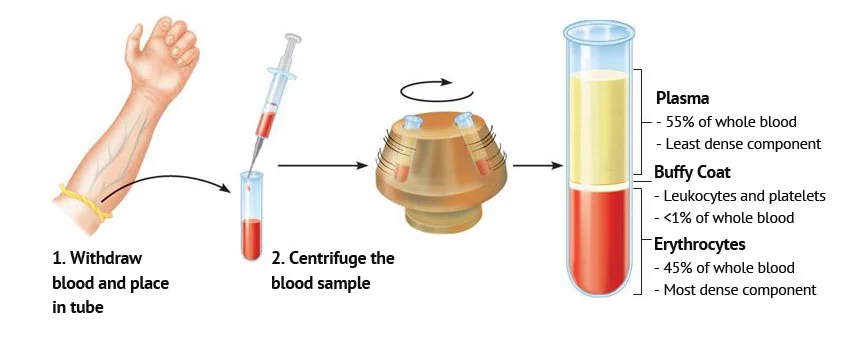Platelet Rich Plasma (PRP)
PRP has been proven to help hair restoration and skin rejuvenation
PRP has been used in the medical field to assist in healing all different kinds of injuries including sports injuries for some time now. Recently PRP has also become popular in aesthetic medicine because it has been proven to help restore and generate new cells for skin rejuvenation. Also when it comes to stimulating new hair growth, PRP has many advantages. Because we are using your own blood there is no risk of allergic reactions.
Almost anyone can be a candidate for PRP treatment except patients with blood disorders. Most people use it for hair restoration and skin rejuvenation especially for the facial area, but it can also be used in other parts of the body. If you suffer from bleeding disorders or hematologic diseases, then unfortunately you will not be a candidate for PRP.
With a PRP (platelet-rich plasma) treatment personally designed for you by Rejuvie, we will take you one step closer to fighting hair loss that has already begun and stopping it in its tracks before it worsens. The procedure is minimally-invasive and produces some of the best results available on the market.


How It Works
After a consultation, the doctor will draw some blood from you. This blood will then be spun down in a centrifuge and the platelet rich plasma will be separated. It is this platelet rich plasma that will be used for your skin rejuvenation. The doctor will then inject the PRP into the skin. The skin rejuvenation starts right away after the injections and will take several days to weeks before you will start seeing the results. We then leave the process to your own body to regenerate more collagen and restructure the skins cells. The final results should be seen after 6 to 8 weeks.
Repeat Treatment
Repetition of the treatment will be needed depending on the condition of the skin, normally more than one treatment is necessary. This can be repeated after one or two months from the last procedure. When you have completed the recommended sessions you should have follow up treatments every 6 to 12 months depending on your condition.
Side Effects & After Care
Aftercare of the PRP procedure is very easy. The main concern is to keep the injected area clean at all times. Sunblock with at least SPF 30 is highly recommended. Redness and mild bruising may sometimes occur at the injection site. This is quite normal and it will reside in approximately 3-5 days post injections.
